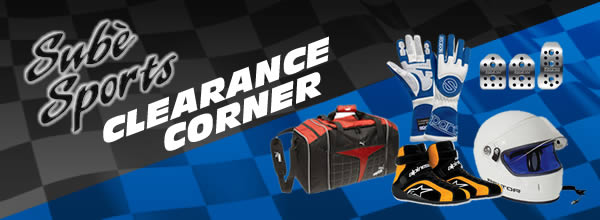Karting Knee Pads for Comfort and Protection | Race-Ready Support
Why Karting Knee Pads Matter
Karting knee pads protect the joint from hard contact with the seat and frame.
They also reduce fatigue so drivers can maintain steady control during long sessions.
Benefits of Karting Knee Pads
- Better joint support during sharp cornering and heavy braking.
- Reduced rubbing against seat edges or chassis bars.
- Improved comfort for endurance heats and multi-round events.
- Stable fit that helps maintain smooth pedal control.
- Greater confidence through consistent protection.
Key Features to Look For
- Dense foam padding that absorbs repeated impacts.
- Curved shaping that fits the natural joint structure.
- Breathable materials that remain cool under high activity.
- Secure straps or sleeves that resist shifting.
- Low-profile design that avoids bunching under suits.
History and Evolution
Karting knee pads began as simple foam inserts used by drivers to soften contact points.
As chassis layouts grew more aggressive, comfort became a bigger concern.
Manufacturers responded with better materials that balanced flexibility and support.
Impact foams and ergonomic shaping soon replaced basic flat pads.
Today’s pads follow decades of refinement that prioritize comfort, safety, and confident driving posture.
Modern Materials and Technology
Modern karting knee pads use layered foam that resists compression while staying flexible.
Many models feature moisture-wicking fabrics that help keep skin cool during long runs.
Outer shells may include textured surfaces for better grip inside the suit leg.
Stretch panels improve fit and prevent the pad from sliding under lateral load.
Reinforced stitching also supports long-term durability for frequent racers.
Accessories, Rules, and Compliance
Drivers often pair knee pads with rib protectors and elbow pads for full body coverage.
Most karting events allow knee pads as long as they do not restrict movement.
Sanctioning bodies may require gear that does not interfere with suit performance or pedal control.
Approved pads often follow basic motorsport safety guidelines to ensure steady protection.
Common Mistakes to Avoid
- Choosing pads that are too thick and reduce knee mobility.
- Using pads that trap heat due to poor ventilation.
- Buying sizes that fold or bunch under the suit.
- Ignoring worn straps that lead to shifting during driving.
- Selecting pads with stiff seams that irritate skin.
Lifespan and Care
- Air-dry pads after each event to preserve foam structure.
- Wash liners with mild soap to remove sweat and debris.
- Inspect stitching for early wear and loose threads.
- Store pads flat to maintain shape and prevent curling.
- Replace pads when foam loses elasticity or forms deep pressure marks.
Who Needs This Gear
New drivers benefit from karting knee pads as they learn proper body position.
Club racers rely on pads to remove unnecessary discomfort during long days.
Endurance teams use them for protection over extended stints with high seat contact.
Professional drivers depend on consistent joint support to stay focused and fast.
FAQs
Are karting knee pads required for all events?
Most events treat knee pads as optional, though many drivers use them for added comfort and support.
Do knee pads affect pedal control?
Quality pads are shaped to preserve natural leg movement and maintain smooth pedal feel.
How long do karting knee pads last?
Most pads last many seasons when stored correctly and cleaned between sessions.
Can knee pads fit under any karting suit?
Most models work with modern suits, though slimmer pads fit best under tight sleeves or tapered legs.







